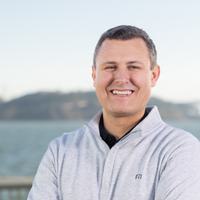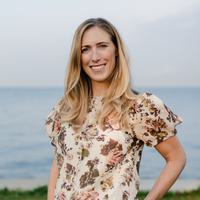
Our Oceans North Star: A Prosperous Blue Economy



S2G believes that unlocking the full potential of the blue economy will require coordinated investment, systems-level innovation, and scalable, fit-for-purpose solutions that align environmental and economic value. As one of the first dedicated ocean investment teams globally, we view the oceans sector as entering a renaissance of technological and operational advancement, where novel solutions can address long-standing challenges — from decarbonizing marine transport to improving aquaculture productivity and reducing plastic and nutrient pollution.
Our investment strategy targets opportunities across the entire ocean value chain. We seek fit-for-purpose solutions that overcome adoption barriers and advance supply chain transparency, circularity, and ecosystem regeneration. With a diversified and globally distributed portfolio, we aim to back companies that can scale across geographies and unlock cross-sector benefits. Through this approach, S2G seeks to help build a more resilient and resource-efficient blue economy that supports livelihoods, protects biodiversity, and strengthens the long-term sustainability of our planet’s most vital natural system.
In 2024, our team deployed over $25 million and invested in three new portfolio companies Aquaconnect, Mara Renewables, and Kuehnle AgroSystems. We are excited to support 18 portfolio companies across the oceans value chain since our start five years ago.
To build on our momentum and further our efforts to invest in innovation, we have introduced our Oceans Theory of Change, a framework that seeks to guide new investments and map our portfolio to a shared “North Star” goal.
Sector North Star
By 2035: Demonstrate market-rate returns by investing in a prosperous blue economy that enables climate mitigation, resilience, thriving aquatic ecosystems, and human health.
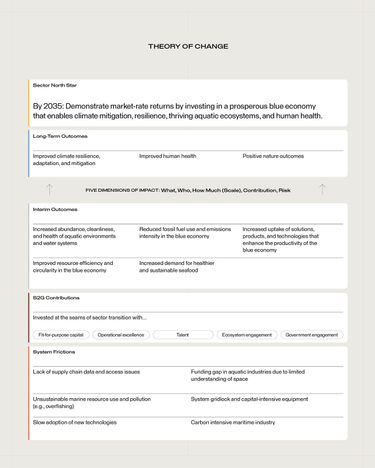
Our oceans interim outcomes align with long-term outcomes that support S2G’s overarching Theory of Change. The following case studies illustrate how portfolio companies are contributing to these interim outcomes as measured through defined impact indicators.1
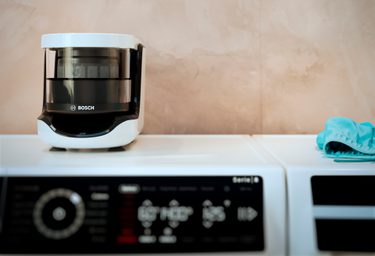
Increased Abundance, Cleanliness, and Health of Aquatic Environments and Water Systems
Case Study: Matter
Impact stat in call-out box: 1,318 lbs of microplastic pollution reduced in 20242
Each Matter microplastic filter will typically capture the equivalent of two T‑shirts worth of microfiber emissions per household per year, which is equivalent to 12 plastic bottles worth of microplastics
Matter is a sustainable technology company working to eliminate microplastic pollution at its source and restore healthier aquatic environments. At the core of Matter’s solution is Regen.®, a patented filtration system that efficiently captures microfibres and other micropollutants from water systems using a unique self-cleaning process. By deploying Regen.® across home laundry, professional laundry, and textile production, Matter is tackling one of the largest sources of waterborne microplastics. Its technology is designed to integrate into both industrial and domestic systems, significantly reducing the release of pollutants while lowering chemical and energy usage. Matter’s solutions help protect freshwater and marine ecosystems and also enable partners to turn environmental challenges into measurable operational and financial benefits.
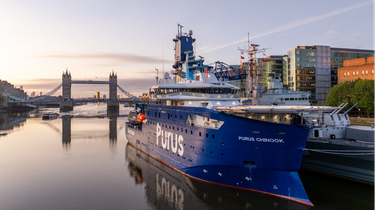
Reduced Fossil Fuel Use and Emissions Intensity in the Blue Economy
Case Study: Purus
Impact stat in call-out box: 71 lower-carbon vessels across Purus’ gas, offshore energy and technology sectors3
Purus is a global owner and operator of lower-carbon maritime vessels purpose-built to accelerate the energy transition. The company partners with leading energy customers to design, deploy, and operate vessels that lower emissions intensity across critical segments of the blue economy. Its fleet incorporates hybrid-electric and fully electric propulsion systems, energy-saving devices, alternative fuels, and carbon capture readiness, delivering measurable reductions in CO₂e per vessel mile. In offshore energy, Purus operates one of the largest fleets of low-emission service operation vessels and crew transfer vessels, equipped with battery-assisted propulsion and advanced onboard energy management systems. In the gas segment, its LNG, methane, and ammonia-ready carriers meet the IMO’s most stringent efficiency standards and are designed to be able to operate on the very fuels they transport.
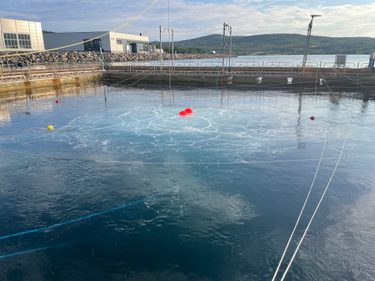
Increased Uptake of Solutions, Products, and Technologies That Enhance the Productivity of the Blue Economy
Case Study: Moleaer
Impact stat in call-out box: 1M+ gallons of water treated every minute4
Moleaer is a global leader in nanobubble technology, delivering innovative solutions that enhance productivity, efficiency, and sustainability across water-intensive industries. In the blue economy, Moleaer’s patented nanobubble generators improve oxygen transfer and water quality in aquaculture systems, enabling fish farmers to reduce inputs and improve feed conversion, growth rates, and fish welfare. These benefits translate into more efficient, sustainable aquaculture operations. Moleaer also restores aquatic ecosystems by mitigating algae, reducing nutrient loads, and improving water clarity in lakes and ponds. Moleaer’s solutions are also deployed across agriculture, wastewater treatment, food and beverage, car wash, and natural resource industries, demonstrating the far-reaching potential of nanobubble technology to drive measurable impact across the global economy.
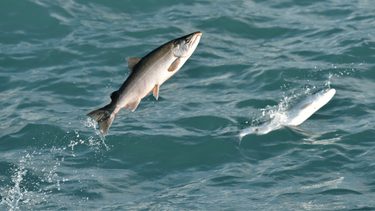
Improved Resource Efficiency and Circularity in the Blue Economy
Case Study: ReelData
Impact stat in call-out box: 10 – 15% increase in fish growth rate, allowing farmers to significantly increase production while reducing inputs.5
ReelData is an AI-powered technology company optimizing land-based aquaculture operations through its integrated suite of smart tools. By combining machine learning with advanced imaging and data analytics, ReelData enables farmers to make real-time, data-driven decisions that improve productivity while minimizing environmental impact. Tools like ReelAppetite and ReelBiomass precisely manage feeding and biomass estimation, reducing feed waste and lowering costs. ReelHealth and ReelStress proactively monitor fish welfare, allowing early intervention to prevent disease and stress-related losses. These innovations help boost operational efficiency by preventing overfeeding, maintaining water quality, and aligning production with market needs. With this closed-loop, tech-enabled approach, ReelData empowers aquaculture farms to grow sustainably, reduce their ecological footprint, and achieve higher returns with fewer inputs.

Increased Demand for Healthier and Sustainable Seafood
Case Study: Wildtype
Impact call-out box: 1st company in the world authorized to sell cultivated seafood following FDA clearance in 2025.6
Wildtype is a cultivated seafood company producing sushi-grade salmon grown directly from Pacific salmon cells. In response to rising global seafood demand and the environmental strain on oceans, Wildtype offers a scalable, sustainable alternative to wild-caught and farmed fish. By using cellular agriculture techniques, Wildtype grows real salmon without relying on fishing or aquaculture, helping reduce pressure on fragile marine ecosystems. Their production process eliminates common contaminants like mercury, parasites, and antibiotics, offering a cleaner source of omega-3-rich protein. Because their cell line was developed from a single fish, they no longer need to harvest additional animals, supporting biodiversity and minimizing resource use. Wildtype’s innovation represents a critical step toward ensuring long-term seafood security while protecting ocean health for future generations.
We are grateful to our portfolio companies, co-investors, and broader ecosystem for engaging with us in this work. By learning from one another and aligning around common goals, we believe we can strengthen the practice of investing in resilient, lasting businesses.
For more details on our Theory of Change, download S2G’s Annual Report.
Learn about our Energy North Stars.
Learn about our Food & Agriculture North Stars.
